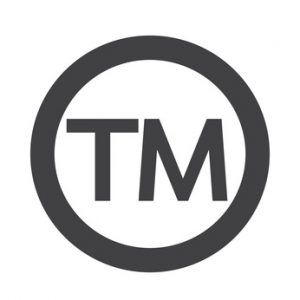
A hong kong trademark https://www.accoladeip.com/us/en/trademark-search/ is a unique symbol, design, or series of words that identifies and distinguishes one’s goods or services from those of others. Trademarks are valuable for business protection because they make it harder for competitors to copy your logo or brand name.
The first step in securing your rights is to register your mark. This involves filing a trademark application with the United States Patent and Trademark Office (USPTO).
Definition
A trademark is any word, phrase, symbol or design that distinguishes a product from others in the marketplace. Trademarks are used to identify the source of a product or service and give the owner an incentive to produce the product in a way that consumers will recognize.
A logo can also be considered a trademark, but a logo does not necessarily have to be registered or protected by intellectual property law.
The United States Patent and Trademark Office defines a trademark as “any word, name, symbol or device, or any combination of these elements, used in commerce to identify and distinguish the goods of one party from those of others.”
Registration
A hong kong trademark registration is a big step that helps protect a brand from misuse or theft. It also demonstrates to the public that the owner is invested in their brand and is taking steps to ensure its protection.
A thorough search for a mark’s availability is an important part of the process, and can be aided by specialized search companies. These firms perform searches of local business directories and trade publications to verify that no other parties have registered the same name or phrase.
The trademark application is a complex document with many legal and technical requirements that must be carefully followed to avoid unnecessary delays or rejections by the USPTO. Inexperienced applicants can make costly mistakes or omissions that increase the time it takes to register a trademark.
Once a mark has been registered, its rights must be actively maintained through actual lawful use of the mark in commerce, or else it will lose those rights. Failure to do so can result in an application being made for its removal from the register after a certain period of non-use.
Oppositions
A trademark is a word, phrase, symbol or design that identifies your goods or services and distinguishes your brand from competitors. It also helps protect the rights of the owner and the safety of consumers.
When someone files an opposition to your trademark application, they are telling the USPTO that they believe you would be harmed by its registration. This is the first step in a litigation proceeding at the Trademark Trial and Appeal Board (TTAB).
Oppositions are often based on the grounds that the proposed mark cannot be registered because it violates the registrability requirements of the Trademark Act. The opposer can raise a number of grounds, including that the mark is likely to cause confusion, that it is merely descriptive, or that it fails to satisfy other statutory requirements.
This process can be very expensive, so it is a good idea to consult with an IP professional before filing an opposition. They will help you assess whether the costs of going to trial are worth it and what steps you should take to minimize those costs.
Enforcement
A trademark serves as a source identifier that carries the reputation of a brand and helps consumers distinguish between brands. It also protects against the misuse of a brand’s name by others, whether knowingly or unknowingly.
Unlike patents and copyrights, which are granted for one-off fixed terms, trademarks remain valid as long as a trademark owner actively uses the mark to identify its goods or services in the marketplace. It is therefore important to continually use and enforce the trademark.
Enforcement generally starts with a cease and desist letter sent to the infringer demanding that they stop using your trademark or, in some cases, leave it alone altogether.
If the infringer does not comply with this demand, you can then file a lawsuit in a court of law. You may be able to recover damages from the infringer, and your legal fees.
If you have any inquiries relating to Accoladeip, you can contact us at the page.